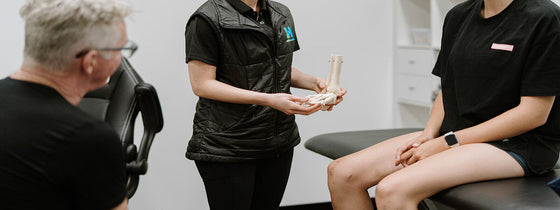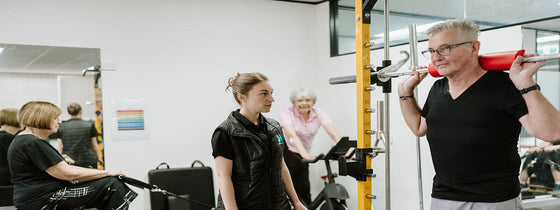We all know that exercise is good for us and we should do it regularly. But, for some of us, leading busy lives with work, family and life commitments means that exercise becomes less of a priority and often gets put on the backburner.
In 2013, physical inactivity cost $67.5 billion globally in healthcare costs and loss of productivity. This is an astronomical figure that could be cut significantly if we tried to make ourselves and our health more of a priority.
Exercise guidelines recommend regular aerobic exercise to optimise health and wellbeing. Aerobic exercise includes anything that requires greater oxygen consumption than at rest. This can take many forms: walking, cycling, running, swimming and dancing are just a few.
Partaking in regular cardio-based exercise is amazing for our general fitness. Our hearts become more efficient at pumping blood & oxygen around our bodies, which causes an overall reduction in stress on the heart by decreasing heart rate and increasing 'stroke rate' - the volume that the heart can pump with each beat. This type of exercise will improve endurance, decrease fatigue levels and improve our level of function in a wide variety of activities.
Regular aerobic exercise has also been shown to have a protective mechanism against many adverse health conditions. These include, but are not limited to:
- Cardiovascular disease
- Type 2 diabetes mellitus
- High blood pressure (hypertension)
- Certain types of cancer
- High cholesterol
Cardiovascular-based is also an excellent way to help moderate weight levels. It's also been proven to have really positive effects on anxiety, stress and depression.
Another great aspect of aerobic exercise is that it can be both low impact (swimming, cycling) or weight bearing (running, walking, dancing). Minimal impact exercise can be especially beneficial to those with joint conditions, such as arthritis. Weight bearing modes of cardiovascular exercise will have positive effects on bone mineral density and muscular strength.
The trick is finding something that works for you. The Australian physical activity guidelines recommend accumulating a minimum of 150 minutes of moderate aerobic exercise per week. A lot of us don't enjoy, or have time for, long trail runs or pounding the pavement for considerable amounts of time. Elevating your heart rate whenever possible in daily life and accumulating smaller blocks throughout the week to achieve this recommended total can be just as beneficial as doing longer sessions. Walking the dog, climbing the stairs, parking further away from work or the train station are all great examples of how we can get more aerobic exercise in without having to go too far out of our way to do so.

OHL is integrating a new athletic screening assessment into its practice to further enhance our community's sporting ability. This screening assessment combines range of motion, strength profiling, force deck analysis, and subjective training status to give athletes a comprehensive performance snapshot. By establishing a baseline and identifying key areas for improvement, we can tailor your training to enhance performance, provide insight on key metrics, and stay resilient throughout the season. Whether you're preparing for preseason, managing midseason demands, or simply aiming to train smarter, this assessment delivers the data-driven insights you need.

If you're experiencing back or neck pain with neurological signs and symptoms, a thorough neurological examination is crucial for accurate assessment and effective treatment. In this Optimal Tip learn more about what we mean by completing a neurological exam!

Squats, deadlifts, and calf raises are key movement patterns that should be part of every strength and conditioning program—regardless of age and activity level. These functional movements support joint health, improve posture and balance, and reduce the risk of injury while building strength where it matters most.